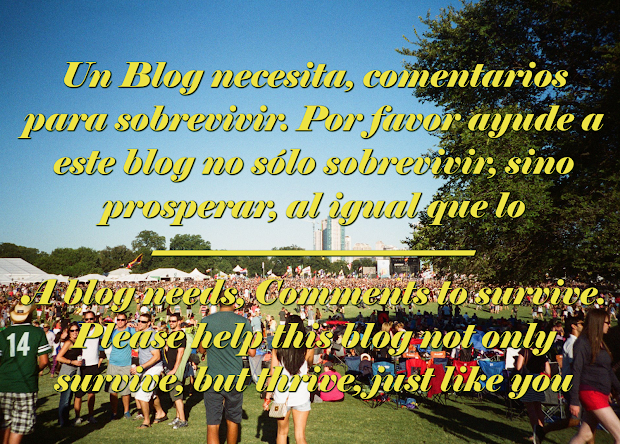Throughout history, there have been many people who have known and worked with the spirits that we now call fairies. Here in Britain, both the ancient Celts and Anglo-Saxons believed in such beings, a faith that has had a lasting legacy up until the present day. The Celtic name for fairies is sidhe, a word that means a burial mound, hill or earth barrow, since this is where many fairies live. It is said that when the Celts invaded Ireland, the resident people, the Tuatha Dé Danaan who had supernatural powers, were forced to retreat into the hollow hills and were only occasionally seen after that, though people left offerings of meat and milk on their mounds. They are very tall and thin, eternally young and beautiful in appearance, and generally dressed in white. The Anglo-Saxon term for similar spirits is elf or aelf, a word meaning something like 'white spirit', or 'shining spirit'. They are tall and beautiful and shine with a kind of inner light. They also live in mounds, and people left offerings, called elf blots, of meat and milk on the mounds for them.
Fairies inhabit a kingdom called Fairyland, Elphame, or the Otherworld. This realm is not separate from ours, but overlays it, unseen except in special circumstances. Fairies are occasionally glimpsed in our world, but usually only in the blink of an eye or on the edge of dreams. However, there are places where the two worlds sometimes meet; natural power spots, bridges between the worlds where people have occasionally slipped from the everyday world into Fairyland, perhaps walking into the mist between two old stones, or stepping accidentally into a fairy ring, only to find themselves in a kingdom where it is always summer, where the orchards bear apples and flowers at the same time, and where death and old age are unknown.
There have always been legends of fairies; they exist in every country of the world. The people of ancient Greece and Rome worshipped the nymphs of meadows, streams and mountains, and the dryads who lived in trees. Ireland abounds with tales of people who have encountered leprechauns who showed them buried treasure at the end of rainbows, wailing banshees who heralded the death of relatives and drunken cluricauns who stole from wine cellars. In England there are old pamphlets describing the mischievous antics of Robin Goodfellow, the merry spirit of the greenwood who cared for its animals and played tricks on hunters, and stories of West Country pixies who led travellers astray, but who helped kindly farmers with their work. There are similar fables from Africa, Hawaii, the Americas, Australia, Europe, Japan, China and Russia.
A culture that believes in spirits is one fundamentally different from our modern Western materialistic society. It recognises that a life force suffuses the whole of Nature, an energy that manifests in a range of spirits that fill the meadows, streams, wells, forests and even the air itself. They guard fields and individual trees, mountains and hearth fires. They may bless or curse humans as they please, and inflict sickness or health on the flocks and herds. Not so very long ago, an association with the fairies was a very real part of people’s lives. An excellent relationship with the ‘The Good Neighbours’- as the fairies were called - was essential for the well being and prosperity of anyone who depended on the land for his or her livelihood. Fairies were given offerings of milk on the old standing stones, bread and salt in the corners of fields, cream in saucers left on the hearth, and were left part of the harvest. Special stones - called dobby stones in the northern counties - had shallow depressions for making offerings to them, and were placed by field gates or the farmhouse door. Spiritual guardians called the Ward gathered at dusk in their sacred places, still known as ward trees, ward hills and ward stones, to guard villages. The Wild Hunt rode out to collect the souls of the wicked. For the countryman, fairies, elves and natural magic were part of the everyday experience.
 As we humans moved away from our close connection to the earth, we lost our link with the wildfolk. We forgot how to see them, how to contact them, and how to treat them. Stories of them persisted, but they lost their awesome status; we diminished them, in our imaginations, into the cute Tinkerbells of nursery tales. But make no mistake; this is not a book about those fictional creatures that appear in storybooks and cartoons, the tiny, tutu-skirted, gossamer-winged beings of Victorian fable. This is a book about real fairies, potent beings of earth, air, fire and water, of plant, stream, rock and place; creatures of raw nature, representing its power and energies. Some of them are benevolent, but some are downright dangerous.
As we humans moved away from our close connection to the earth, we lost our link with the wildfolk. We forgot how to see them, how to contact them, and how to treat them. Stories of them persisted, but they lost their awesome status; we diminished them, in our imaginations, into the cute Tinkerbells of nursery tales. But make no mistake; this is not a book about those fictional creatures that appear in storybooks and cartoons, the tiny, tutu-skirted, gossamer-winged beings of Victorian fable. This is a book about real fairies, potent beings of earth, air, fire and water, of plant, stream, rock and place; creatures of raw nature, representing its power and energies. Some of them are benevolent, but some are downright dangerous.If we are to relearn the ways of working with fairies, the wildfolk of earth, we must follow the ancient pathways through the forest, where it is sometimes dark, frightening and perilous, but sometimes bright with dappled light, exhilarating and echoing with numinous power.


No comments :
Post a Comment